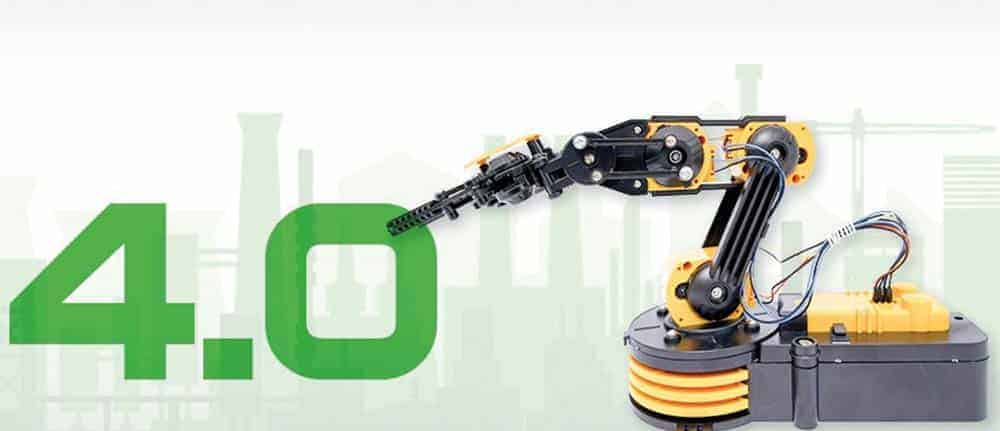Digitization hurdle data quality


Digitization is apparently getting off to a slow start in the German economy: According to a study by the digital association Bitkom, 58 percent of the 502 managing directors and board members surveyed said that their company was still a laggard. In another study by the market research and consulting firm Lünendonk, 60 percent of participants rate the data quality in their companies as mediocre.
The same study establishes a connection between these two facts. According to this study, not only can up to five percent of working time be saved through high master data quality - digital business models are also only possible if companies have their master data under control.
This can be understood: For machine processing, timeliness, accuracy and completeness are not enough. Only if the data conforms to specific rules can it be processed in different systems. The data must be consistent and as unique as possible: Duplicates unnecessarily inflate the database, create additional work, are a potential source of errors, and drive up process costs.
But is the data stock in various IT systems reaching a new level of data quality that meets the requirements of digitization and Industry 4.0? Most systems - including SAP's ERP systems - do not support this endeavor.
Often, there is also a lack of company-wide process and organizational structures with clear rules and responsibilities. That is why we recommend a standardized approach in three steps, which we have developed on the basis of numerous successful projects.
The best way for companies to take the first step is with a project for structuring and classifying material master data. Customer project teams work with our consultants to define standards for data structuring as the basis for individual sets of rules that define the company's data conventions. Adaptable basic sets of rules already exist for many use cases. Using software we have developed over the years, data inventories from the various internal sources are analyzed and then automatically structured and prepared.
In the second step, a material master application process is introduced in the organizational structure to maintain the quality of the material master data once it has been achieved. If required materials are not found in the inventory, a request is made to create a new material master. A master data team reviews the material requests before the new material is created.
In the third step, an automated maintenance process for material masters is introduced which, with the cooperation of the departments concerned, quickly leads to fields being filled in without errors. An authorization concept ensures fine-grained access control, while intelligent default settings reduce the input effort and prevent incorrect entries.
The process can even span distributed locations and be adapted to different operations, for example for different types of materials.
Those who take these three steps get a grip on their master data management and thus create the conditions for a digital transformation. As a result, the new quality of master data has a positive impact in various areas: Better corporate management based on analyses, the reduction of throughput times in production and the supply chain, more realistic replenishment times, optimized lot sizes and minimum order quantities, and less tied-up capital are cited as effects. Ultimately, users are also pleased with transparent and easy-to-find data!






